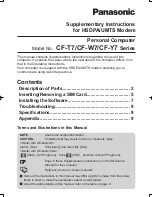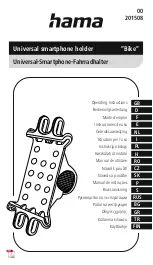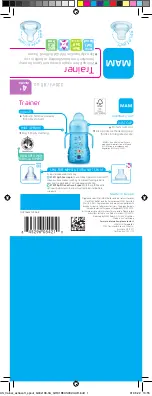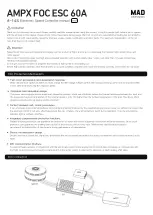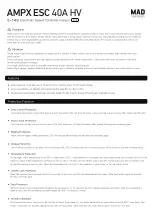
23
INSPECT THE THREADED TUBES (16)
For the inspection of the threads, the tubes must be
extended, but by less than 1.18 in. (30mm), by turning the
shear adapter (61) clockwise. If working with the caliper
on the vehicle, the technician may place a new brake pad
(12) into the outboard gap to help avoid the loss of thread
engagement of the threaded tubes. If the work is being
carried out at a workbench, the technician may insert a 2.76
in. (70 mm) spacer (E) into the caliper (1) to help avoid the
loss of thread engagement. See CAUTION on Page 22.
Check the threads for rust, corrosion, or damage etc.
If there is evidence of damage to the threads, rust or
corrosion, the caliper/carrier assembly must be replaced
(see Page 25).
If the threads are in good condition, fully wind back the
threaded tubes (16) by turning the shear adapter (61)
counter-clockwise.
INSTALLING THE TAPPET AND BOOT
ASSEMBLIES (13)
Grease threads with white grease (Part No. II14525 or
II32868).
Screw back the threaded tubes (16), by turning the shear
adapter (61) counter-clockwise (see Cautions earlier in
these instructions).
The sealing seat in the caliper for tappet and boot
assemblies (13) must be clean and free of grease. See
Figure 44.
Fit a new tappet bushing (161) onto the center post of each
threaded tube (16).
13
A
22
A
13
161
X
FIGURE 40 - WEDGE TOOL USE
B
13
161
FIGURE 43 - ON VEHICLE BOOT INSTALLATION
L
16
X
L
22
FIGURE 44 - INNER SEAL INSTALLATION
E
16
1
2.76 in.
(70 mm)
FIGURE 42 - USE OF A SPACER (OFF VEHICLE USE)
12
16
46
FIGURE 41 - USE OF A NEW BRAKE PAD AS A SPACER






















